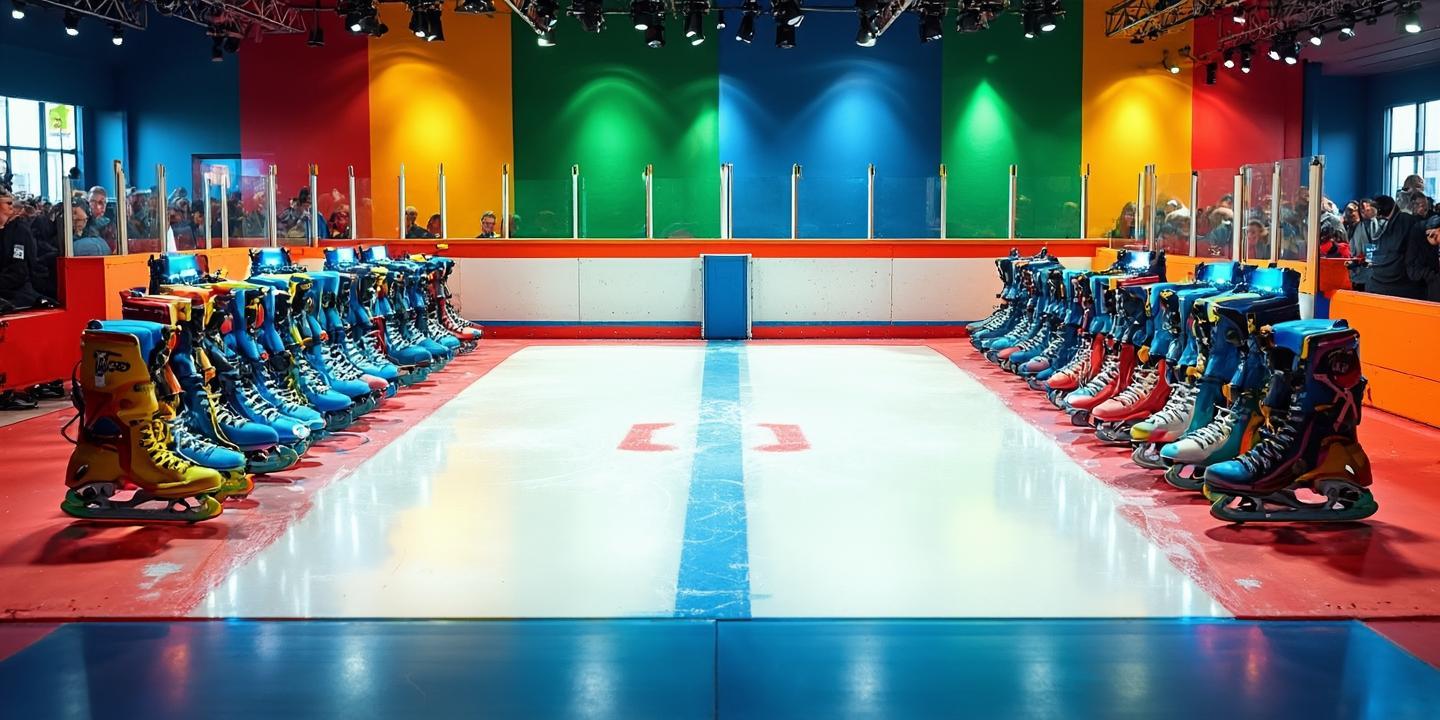发布时间2025-03-16 14:21

Exploring the World of Skin: 10 Words Every Kid Should Know
The human body is a fascinating machine, and one of its most visible and essential parts is the skin. For kids, understanding the basics of skin can be both educational and fun. Whether they’re learning about how their body works or just expanding their vocabulary, there are plenty of skin-related words that are easy to pronounce and understand. In this article, we’ll explore 10 skin-related words that are perfect for kids to learn. These words will help them better understand their bodies and even spark an interest in science or health!
The epidermis is the outermost layer of the skin. It’s the part of the skin you can see and touch. This layer acts as a protective barrier against dirt, germs, and harmful UV rays from the sun. Kids can remember it as the “skin’s shield.” Fun fact: The epidermis is constantly renewing itself, which is why we shed tiny flakes of skin every day without even noticing!
Pores are tiny openings in the skin that allow sweat and oils to reach the surface. They’re like little doors that help your skin stay healthy and balanced. Kids might notice pores more when they feel sweaty or see them on their nose. Teaching them about pores can also be a great way to introduce the importance of keeping skin clean.
Melanin is the pigment that gives skin its color. It’s also what causes people to tan when they’re out in the sun. For kids, understanding melanin can be a simple way to explain why people have different skin tones. It’s also a great opportunity to talk about the importance of sun protection to keep their skin healthy.
A rash is a red, itchy, or irritated area on the skin. Kids might get rashes from allergies, insect bites, or even certain fabrics. Explaining what a rash is can help them understand why it’s important to tell an adult if their skin feels uncomfortable. Plus, it’s a word they’ll likely encounter if they ever visit a doctor for a skin issue.
Freckles are small, flat spots on the skin that are usually tan or light brown. They’re caused by clusters of melanin and often appear on people with fair skin. Kids might find freckles interesting because they can appear after spending time in the sun. It’s a fun word to pronounce and a great way to talk about how everyone’s skin is unique.
A blister is a small, fluid-filled bump that forms on the skin, often due to friction or burns. Kids might get blisters from wearing new shoes that rub against their feet. Teaching them about blisters can help them understand why it’s important to wear comfortable footwear and take care of their skin.
The cuticle is the thin layer of skin at the base of your fingernails and toenails. It protects the new nail as it grows. Kids might notice their cuticles when they’re getting a manicure or if they accidentally pick at them. Explaining the role of the cuticle can help them understand why it’s important to take care of their nails and the skin around them.
A scar is a mark left on the skin after a wound or injury has healed. Kids might have scars from falling off their bike or scraping their knee. While scars are usually harmless, they can be a great way to talk about the body’s ability to heal itself. It’s also a word that can help kids understand that skin is resilient and can recover over time.
A wart is a small, rough growth on the skin caused by a virus. They’re usually harmless but can be a bit annoying. Kids might find warts interesting because they can appear on hands, feet, or other parts of the body. Teaching them about warts can also be an opportunity to talk about the importance of washing hands to avoid spreading germs.
Moisturizer is a cream or lotion used to keep skin soft and hydrated. Kids might see their parents using moisturizer and wonder what it’s for. Explaining the purpose of moisturizer can help them understand why it’s important to take care of their skin, especially during dry or cold weather.
Why These Words Matter
Learning these 10 skin-related words isn’t just about expanding a child’s vocabulary; it’s about helping them understand their bodies and how to take care of them. From the protective epidermis to the tiny pores that keep skin balanced, each word offers a lesson in biology and self-care. By teaching kids these terms, you’re not only helping them pronounce new words but also equipping them with knowledge that will serve them well throughout their lives.
Fun Ways to Teach Skin Words
To make learning these words even more engaging, try incorporating fun activities. For example, you could:
These activities can turn a simple vocabulary lesson into an exciting exploration of the human body.
Final Thoughts
Understanding skin isn’t just about knowing the words; it’s about appreciating how this incredible organ protects and supports us every day. By teaching kids these 10 skin-related words, you’re giving them the tools to better understand their bodies and the world around them. So, the next time they see a freckle, feel a blister, or notice their pores, they’ll have the words to describe it—and the knowledge to take care of their skin.
猜你喜欢:search
更多少儿英语